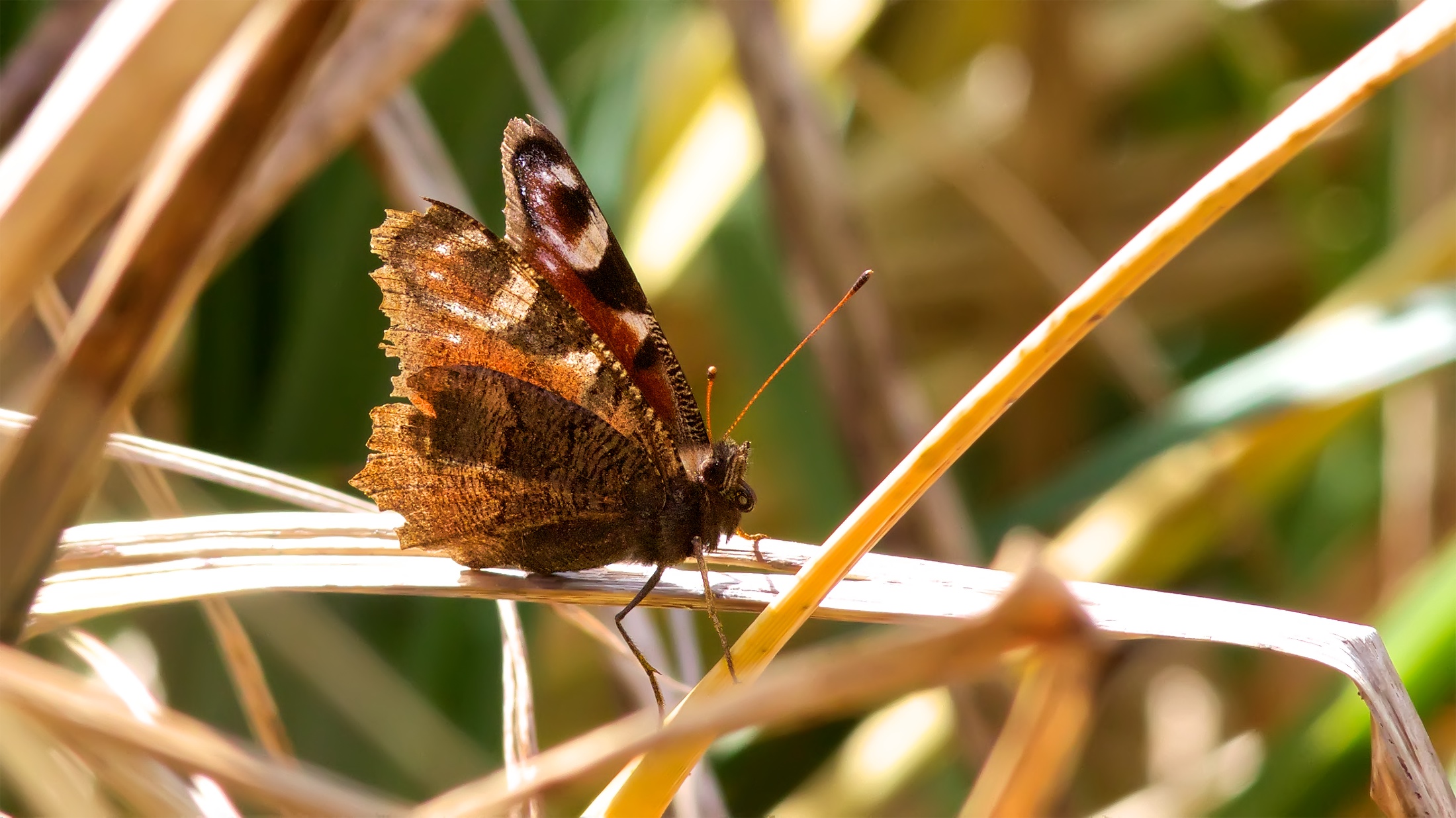You've basically got three options here:
- Stop shooting pictures of the sky at small apertures.
- Use the clone tool in PP.
- Clean the sensor.
But seriously, I think people obsess far too much over sensor dust.
Unless it's showing up badly on my day to day shots, I tend to ignore it.
It's pretty straightforward to clone out a few spots in the sky if they are noticeable.
Of course, at some point it can become objectionable, so you are forced to do something about it.
Perceived wisdom says that the next three steps you need to take are
- Air blower
- Anti-static brush
- Wet cleaning
In 6 years of DSLR ownership I've only needed to wet clean my sensor twice, and I change lenses a lot, under all sorts of conditions, and that was on a camera without a built-in "sensor cleaning" mode.
I don't really think that changing lenses is necessarily the problem, as long as you do it quickly and minimise the amount of time the camera is open without a lens on it.
Keep the body pointing downwards as far as possible, and, of course, switch off the camera power whilst carrying out the lens change.
When you think about it, as soon as you take the lens off the first thing you see is the mirror, which itself forms a partial barrier to dust.
Next, the shutter itself, which is closed, again forming a barrier to dust.
The only way the sensor (actually, in most cases, the anti-aliasing filter, but I'll keep referring to it as the sensor) is fully exposed is if you open the shutter without the lens attached, and on my old 30D the only way you can do this is to select the "Sensor Cleaning" mode from the menu.
Of course, when the lens is off there is the chance of dust entering the mirror chamber and eventually finding it's way onto the sensor, but, for the reasons above, it cannot land directly on the sensor just because the lens is off.
I've seen it written that, once it's energised, the sensor develops a static charge, which tends to attract any dust in the vicinity.
This may or may not be true, but it makes sense to turn the camera off while you are carrying out the lens changing procedure.
I think there seems to be an aura of mystery surrounding sensor cleaning.
I don't think that sensor cleaning is particularly difficult, and certainly not the black art that some people would have you believe.
I would recommend you read the following
advice on sensor cleaning, and also similar
advice on this site.
Edit: the information on the second site has now migrated to
here.
One thing that I would caution is that, if/when using the "wet" cleaning method, is not to make the cleaning swab
too wet, and to always use an air blower to blast any loose dust off, before applying any swab to the sensor surface, to avoid the possibility of scratching the surface with any loose bits of dust or grit.
Although it's called "Wet cleaning" that's really a bit of a misnomer, and the sensor cleaning swab should really just be "damp" as opposed to fully wet.
When you wipe the swab across the sensor, the resulting damp residue should evaporate almost instantly, if not then it is too wet.
I have heard of the odd occasion when people have used so much cleaning fluid, it has found its way between the sensor and the AA filter, which is not the way to do it!
The idea is to wipe the dust off with the swab, NOT wash it off with the cleaning fluid.
With a careful and organised approach, sensor cleaning is not difficult and well within the capabilities of most people.
The cost of the cleaning materials is less than paying someone to clean your sensor for you, and once you have the cleaning kit you can use it over and over.
Take care and good luck.








